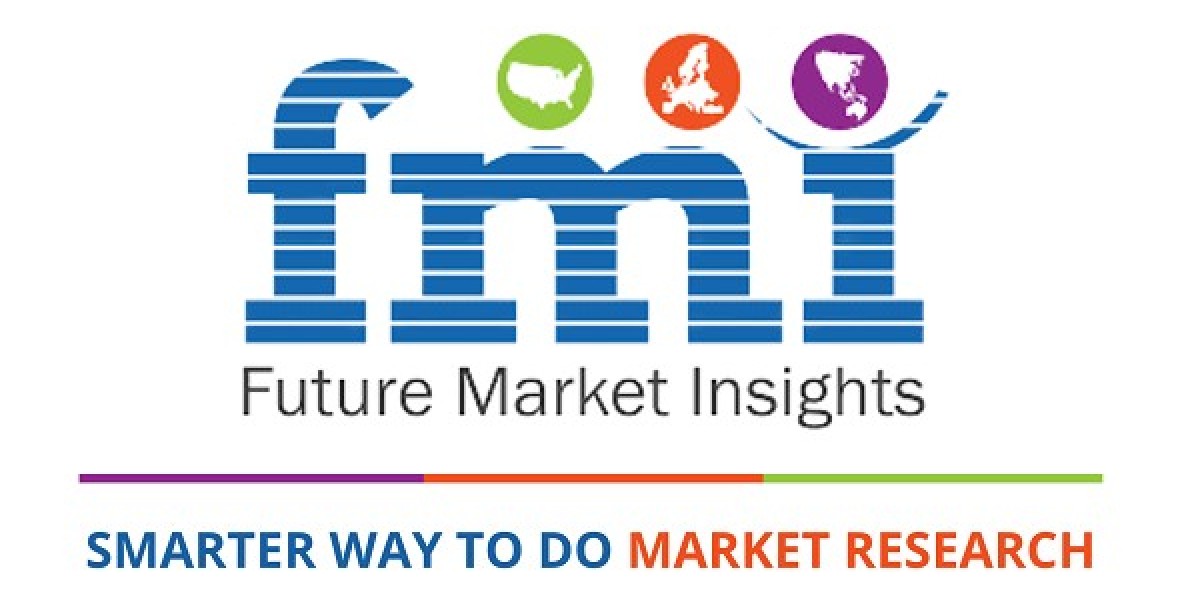The paper packaging market has experienced impressive growth in recent years, driven by the shift towards sustainability and eco-conscious consumer behavior. However, several challenges hinder the industry’s growth potential. These growth challenges are critical for companies in the paper packaging sector to navigate as they look to expand their market share and meet sustainability goals. Below are some of the key challenges faced by the industry:
Raw Material Price Volatility
One of the major hurdles in the paper packaging market is the fluctuation in raw material costs, particularly wood pulp. Price volatility can significantly affect the production cost of paper products, leading to unpredictable pricing structures. These fluctuations can be triggered by factors such as supply chain disruptions, weather-related events, and international trade dynamics, making it difficult for manufacturers to maintain stable pricing and profitability.Sustainability vs. Cost
While demand for sustainable packaging is growing, the cost of producing eco-friendly paper packaging solutions is often higher than traditional alternatives. The added expense of using recycled materials, sustainable sourcing of raw materials, and eco-friendly production methods can strain manufacturers, particularly small and medium-sized enterprises (SMEs). Balancing sustainability with cost-effectiveness remains a significant challenge for companies aiming to meet consumer demand while maintaining competitive pricing.Limited Recycling Infrastructure
While paper is recyclable, the infrastructure for paper recycling is not equally distributed across regions. In many developing countries, recycling systems are underdeveloped, leading to inefficient paper waste management. This not only limits the recycling rate of paper packaging but also undermines the sustainability of the industry. Inadequate recycling systems force companies to source virgin paper, increasing the environmental footprint of paper packaging production.Competition with Plastic Alternatives
Despite the environmental benefits of paper packaging, plastic alternatives such as biodegradable plastics and plant-based materials are increasingly gaining popularity. These materials often offer superior durability, flexibility, and cost-effectiveness compared to paper packaging. This competition challenges the paper packaging industry, especially in sectors like food packaging and e-commerce, where plastic is widely used due to its practical advantages.Performance Limitations
Paper packaging, especially in applications like food packaging, is susceptible to performance issues related to moisture resistance, strength, and protection. In contrast, plastic packaging offers better moisture control and superior protection for perishable goods. Although technological advancements are improving paper's performance, paper packaging is still often perceived as less robust compared to plastic, which can limit its use in certain industries.Consumer Awareness and Education
While consumers increasingly demand sustainable solutions, there is still a lack of widespread awareness regarding the environmental benefits of paper packaging versus other materials. Consumers may not fully understand the challenges related to paper production, recycling, and disposal, leading to misconceptions about its sustainability. Educating the public and industry stakeholders on the environmental implications of paper packaging is essential for ensuring its continued growth.Supply Chain Constraints
The paper packaging market is subject to supply chain disruptions, which can be caused by global events such as pandemics, natural disasters, or geopolitical tensions. These disruptions can impact the availability of raw materials, delay manufacturing timelines, and increase transportation costs. Companies in the paper packaging industry must adapt to these challenges by diversifying their supply sources and improving supply chain resilience.Regulatory Uncertainty
As governments around the world implement stricter regulations on packaging materials, the paper packaging industry must keep up with changing policies. Variations in packaging regulations between countries and regions can create uncertainty, complicating compliance efforts for global manufacturers. Moreover, regulations related to plastic bans and waste management often require companies to continually adapt their packaging solutions.Technological Investment
To remain competitive, paper packaging manufacturers must invest in technological innovations that enhance product quality, improve sustainability, and reduce production costs. However, the high capital expenditure required for these advancements can be a barrier, particularly for smaller firms. Adopting new technologies such as advanced coating and printing methods or improving the recycling process requires significant upfront investment.Market Fragmentation
The paper packaging market is highly fragmented, with numerous small and large players competing for market share. This fragmentation makes it difficult for individual companies to stand out and gain significant market dominance. Additionally, intense competition can lead to pricing pressures, which may further hinder profitability and slow down market growth.


